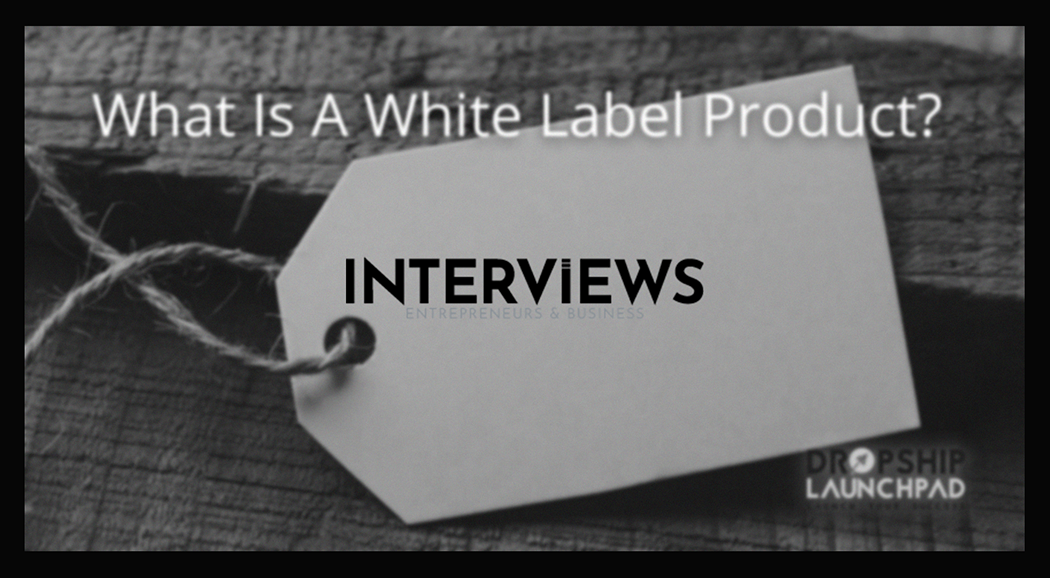Unveiling the Mystery of White Labeling: Your Business’s Secret Weapon?
Ever wondered how brands pop up with great products? Spoiler: it’s not magic. It’s the smart strategy of white labeling. Picture it as turning generic items into your branded gems.
What is ‘white labeling’? In a nutshell,
White Label vs. The Business Model Zoo: A Comparison
Business models can confuse. Let’s sort white labeling from others:
Private Label: The Exclusive Club
OEM (Original Equipment Manufacturer): The Wizard
Reselling: The Simple Swap
Gray Label, Black Label: The Label Spectrum
Ever heard of
Dropshipping: The Inventory-Free Hustle
Is White Labeling Legal? And What About Ethics?
Let’s be clear: white labeling isn’t shady. It’s legal. Rebranding and selling existing products works, as long as you play by the rules. That includes respecting trademarks and intellectual property laws. You can’t just add your logo if it infringes on someone else’s work.
Ethically, things are trickier. Transparency is key. Are you upfront with customers, or trying to pass off a white-label product as innovative? Quality control matters too. Your brand’s image relies on ensuring quality for white-label products.
Show Me the Money: Profitability and Costs
Here lies white labeling’s strength: profitability. It’s lucrative because it skips hefty upfront costs of development, testing, and production. You don’t have to reinvent the wheel! This often leads to higher profit margins due to competitive wholesale pricing.
Interestingly, while white label products cost less than private label ones, they also offer businesses a cost-effective entry point. It’s a win for profit margins and customer savings.
The Perks of the White Label Life: Advantages
Why do companies embrace white labeling? Let’s list the benefits:
- Rapid Expansion: Want to offer new products without long development? White labeling is the fast lane.
- Cost Efficiency: Skip the R&D budget! White labeling costs less than creating from scratch.
- Time Savings: Launch products quickly. No extensive research or customization needed.
- Market Reach Boost: Access diverse markets and grow brand recognition without huge investment.
- Brand Loyalty Potential: Build customer loyalty under your brand for stable sales.
- Business Independence: You set pricing and control marketing narratives.
White labeling works efficiently across industries. It’s not just for startups; established companies use it too for quick diversification.
The Shadow Side: Disadvantages and Risks
Wait! It’s not perfect. There are downsides:
- Production Control Loss: Trust another company with quality. Poor consistency can hurt your brand.
- Innovation Lag: Relying on white labeling may hinder your innovation and development.
- Marketing Surrender (for Producers): The original maker loses marketing control of their product.
Both brands and producers must accept some control loss for successful white labeling.
Ready to White Label? Your Starting Guide
Intrigued? Here’s how to start a white label business:
- Market Research is King: Identify a niche with high demand and manageable competition.
- Supplier Scouting: Find reliable manufacturers known for quality white label products. Reliability is a must.
- Brand Building Bonanza: Create your brand identity, including name, logo, and story. Strong branding is essential.
- Business Structure Setup: Handle the legal and operational parts of your business.
- Launch and Market: Display your products and showcase why they’re incredible!
Amazon and White Labeling: A Power Couple?
Can you sell white label products on Amazon? Yes! Amazon is a vast marketplace where white label products thrive. As AMZScout points out, it involves branding generic items and setting strategic prices for your market. Success still depends on reliable suppliers and a strong brand plan.
White Label in Real Life: Product Examples
What can be white labeled? Here are common examples:
- Software: CRM systems and marketing platforms are popular choices for white labeling.
- Cosmetics and Skincare: Beauty brands often use white label bases and formulations.
- Household Goods: Everyday items like mugs and cleaning supplies work well.
- Electronics: Accessories and gadgets can frequently be white labeled.
Shopify UK even showcases coffee mugs as a classic product for white labeling!
A Quick Dive into Related Terms
White Goods: The Appliance Giants
Have you heard of
White Label Funds: Investment Simplicity
A
Product Labels: The Informative Stickers
White Label Agreements: Setting the Rules
A
Key Takeaways: Your White Label Checklist
Please remember these crucial points before diving into white labeling:
- Legality First: Always check for trademark, patent, and copyright issues.
- Agreements are Essential: Have a clear white label agreement covering branding rights and limitations.
- Ethics Matter: Stay transparent and prioritize quality control for brand integrity.
White labeling can serve as a strong business growth strategy. Used wisely, it can become your secret weapon for building a brand while keeping costs low in development. Now, go forth and conquer the world of white labeling!





